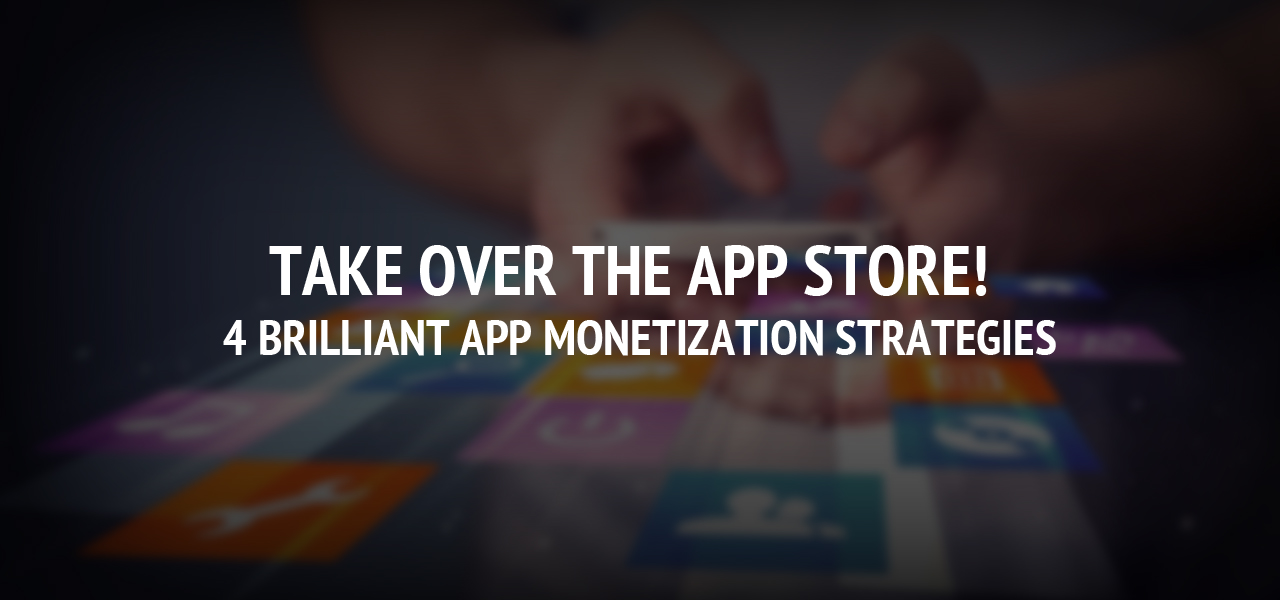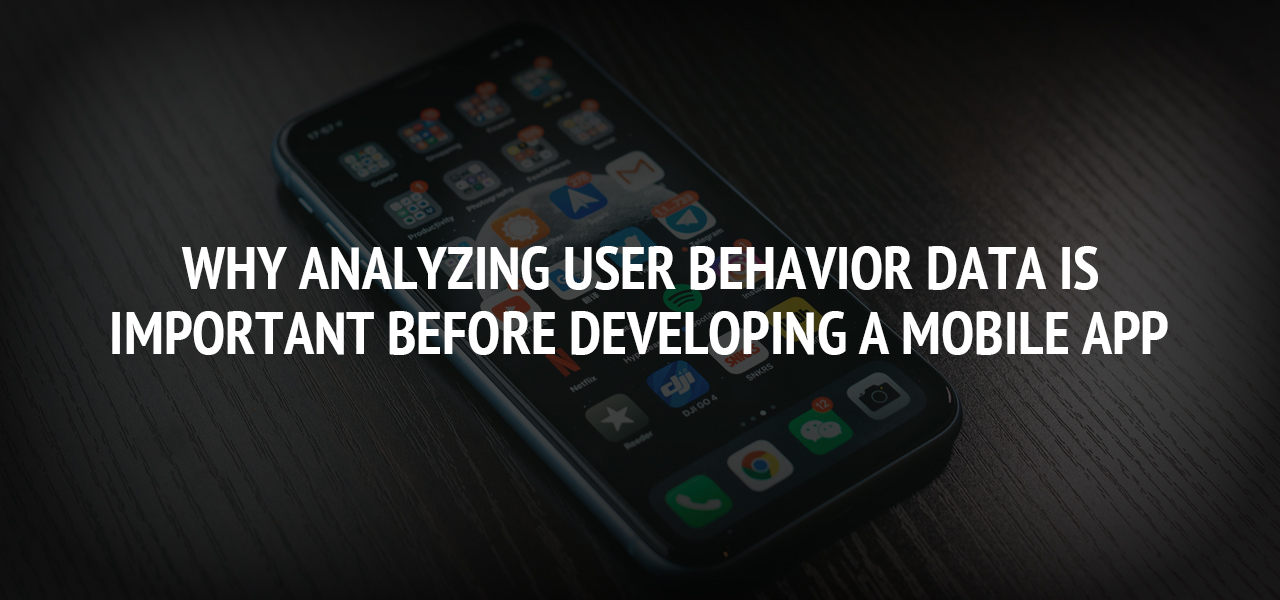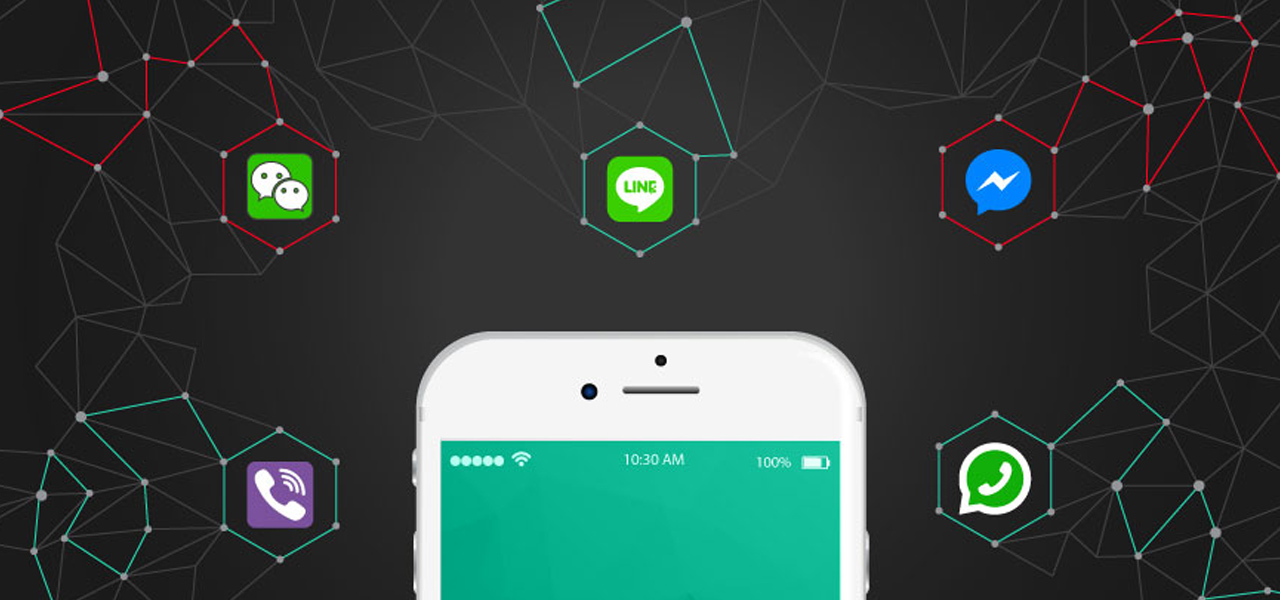Take Over the App Store! 4 Brilliant App Monetization Strategies

Do you have a great idea for a mobile app but aren't sure how to make money from it? Here are 4 brilliant app monetization strategies you need to know about.
Interested in making like Kim Kardashian and becoming rich (or, in her case, richer) off of a mobile app?
If so, then you'll need to think about more than just coming up with a compelling storyline and cute characters. You must put app monetization front and center.
Of course, one of the basic app business models is to charge people a fee to download your app in the first place. But how can you keep making money off of it afterward?
You need to learn how to monetize an app in the long-term.
Ready to make some serious cash?
If so, then keep on reading this post.
1. Start with Advertising
Let's first cover the most important and basic app monetization strategy -- including third-party ads in your app that pop up when it's in use. You'll get paid when someone clicks on the ad, makes a purchase based off of it, or even simply when it's viewed.
There are several different ad formats and types you can choose to include in your app.
You may choose banner ads, which require serious formatting skills and may irritate your users if they pop up too often. You can use native ads to make the messages actually appear as if they're a part of your app. This type of ad is mostly content-based, and you need to disclose that it's a partnered or sponsored post.
You can also choose interstitial ads, which completely block your content from view and take up an entire screen. Users can close these ads once they've popped up, or it will close on its own after a set amount of time.
Advertising is one of the top ways to learn how to monetize an app and is especially good for those seeking versatility.
2. Embrace In-App Purchases
Another popular monetization strategy?
Rely on in-app purchases to give you a steady stream of income. In this monetization model, most of your app's content will still be free to users. However, some of it may be hidden behind a paywall.
Or, if your app is more game-based, users can choose to buy more coins, tools, or other rewards.
This will allow users to play for longer or enhance the overall gameplay.
You need to, of course, think about how you plan to incentivize these in-app purchases if you want your strategy to be a success.
Many app developers make players or users wait for a certain amount of time before they can play the game or take a specific step. However, if they make an in-app purchase, they can skip the countdown and keep playing.
If you're new to the idea of creating gameplay with in-app purchases, we suggest using an App Builder to make the process a bit easier.
3. Focus on Freemium
When you start to get into app monetization a bit more seriously, you'll likely hear the buzzword "freemium" floating around.
The concept is actually pretty simple -- you make two separate versions of the same app. One is the free version, which offers a limited number of features and restricted access. The other is the paid or premium version.
With the latter option, the user will get many more functions, features, and options. You want to create an air of exclusivity around the paid option. For example, think about how the paid version of many dating apps allow you to message more people, go back if you accidentally swipe the wrong way, or even make matches for you.
That's the same level of service the paid version of your app should provide.
You can then offer your users multiple subscription options when it comes to upgrading to the paid version. Usually, these options should go by the month, the week, or by the year.
4. Consider Transaction Fees
Another awesome way for you to make some serious cash off of your app?
Think about implementing some kind of transaction fee for users.
This is an especially popular option if your app is based on sharing, sending, or raising funds of any kind. For example, whenever a user sends funds to another person, you can take off a percentage of the amount that they're sending.
In some cases, you may find that it's more lucrative for you to charge a flat fee per transaction. This is also a wise move if the majority of your users are sending larger amounts of money to one another, or if they're using the app often.
After all, you don't want people to be turned off by your app due to large percentage-based fees.
One more tip about how to make money using transaction fees?
Consider waiving it altogether for people who make the choice to become subscribers to your app. This will certainly encourage people to pay a higher one-time fee as opposed to a per-use fee.
Use These App Monetization Strategies
We hope that you've found these app monetization strategies useful.
Remember, no matter what you've created your app to do, there is no shortage of ways in which you can make money off of it. However, always make certain that you're putting your users first.
People won't use your app for too long if they feel as though they're constantly being bombarded with pop-ups, advertisements, and requests for in-app purchases.
Looking for more advice on how to ensure users don't delete your app? No matter what you need help with, our app blog gives you the tips you need to make the best possible choices.
Be sure to submit your app to our directory to gain even more users!
About The Author
Related Blog
View All-
Why Analyzing User Behavior Data is Important Before Developing a Mobile App
Introduction: Tell me one business that doesn’t aim to build a loyal customer base? You’re right, there isn’t! To get there, you require a precise combination of actionable strategies and well-structured plans. But there’s one more element ...
-
Gaming Keeps Us Using Messenger Apps
There are hundreds of different messenger apps out there that people use every single day, each offering a little something different with the aim of standing out in a very competitive market. Today, messaging apps do so much more than just let the user send a ...







